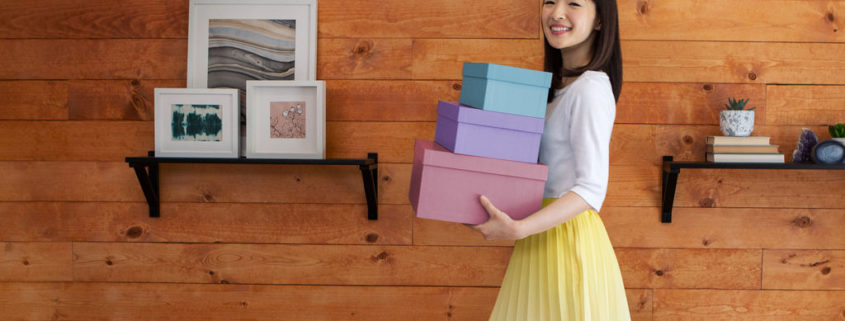Carve Out Space to Get More Done
The biggest issue with writing (or any creative task really) is finding the time to sit down, distraction free, and put your ideas to paper.
We often put it off and never get to it.
I interviewed Karen Rizzo (no relation) author of “Things to Do, Sh*t to Bring” years ago and in her book she kept saying she wanted to learn Italian.
And guess what – she never did. She didn’t give herself the space and time to do it. Maybe you have tasks like that.
For me – I had to jump on a plane and travel across the world to give myself the space to write. I just returned from a writing retreat in France and it was divine. It was in Paris and it gave me time to focus on my creative side. (I started writing a novel! Who knows where it will go but it was so fun to start writing.) Read more
Timeshifter App Ends Jet Lag For Optimal Productivity
 My friend Nicole Feldman travels for work a lot. Probably about three times per month at least.
My friend Nicole Feldman travels for work a lot. Probably about three times per month at least.
She travels for fun too though. Jay and I meet up with her and her husband all over the world. We just got back from a trip to Paris to eat macaroons and croissants. Highly recommend 🙂
In fact, she wrote a guest post for me about how to pack for a two-week vacation to Europe in a carry-on bag. She knows her stuff when it comes to traveling. So when she told me she was trying out a new app called Timeshifter to try to mitigate jet lag I was interested.
She first started using it for a marathon trip from San Francisco to Tokyo for work. From there she was headed back to New York city for a wedding. Whoa.
She followed the rules and was able to dance the night away at her friend’s wedding instead of zoning out like a zombie in need of a nap. Read more
Marie Kondo Sparks Joy on Netflix
It was over three years ago that I first fell in love with Marie Kondo and her bestselling book, “The Life-Changing Magic of Tidying Up.”
After reading and listening to the audio version of her book,I went on a cleaning rampage.
I got rid of 7 bags of clothing and 2 boxes of books. There was so much more space in my cozy New York City apartment.
Since then I have not only met Marie Kondo, but I’ve also tried to spread the KonMari method to all my friends and family.
It wasn’t, however, until recently that Marie Kondo entered the mainstream. Netflix released a TV show centered around the premise of her book.
She goes into people’s homes and helps them declutter. The show has been a big hit and people have been going cleaning crazy, not unlike myself a few years ago.
Thrift stores have been seeing a huge influx recently thanks to Marie’s method.
The show follows a simple pattern with a family in over their heads in clutter. Marie comes in like a fairy godmother and teaches them her various methods for folding clothes and tidying up.
But most importantly she asks them what ‘sparks joy’ – this is to help people hold on to the important things in their life and cut the fat!
I’m so excited to see Marie fever sweeping the nation having been caught up in it myself!
Following her rules makes getting rid of items so much less overwhelming. Marie encourages you to show gratitude to your items daily, so I started leaving the closet door open so my clothes could get some fresh air and sunlight and my friend and colleague Terri massaged her sweaters.
I think Marie really resonates with people, not just because she’s so sweet, but also because her method is less of a chore and more of a ideology.
Give her method a try or at least watch the Netflix show to give yourself a little inspiration. When I watched the first episode it ended about 10:30pm and I was debating pulling all my clothes out of the closet and starting to tidy! But then I came to my senses and decided I’d pick another day to start.
You can tackle one category at a time – not by room. This is probably very different than you’ve ever done but it’s a very effective way of cleaning.
The one thing I didn’t love about the Netflix show is that it’s a bit repetitive. It’s the same formula over and over again but if you aren’t familiar with the method it’s good to see it done with multiple families.
Did the Netflix show spark you to start cleaning?




